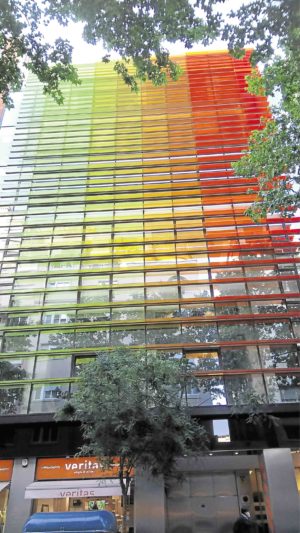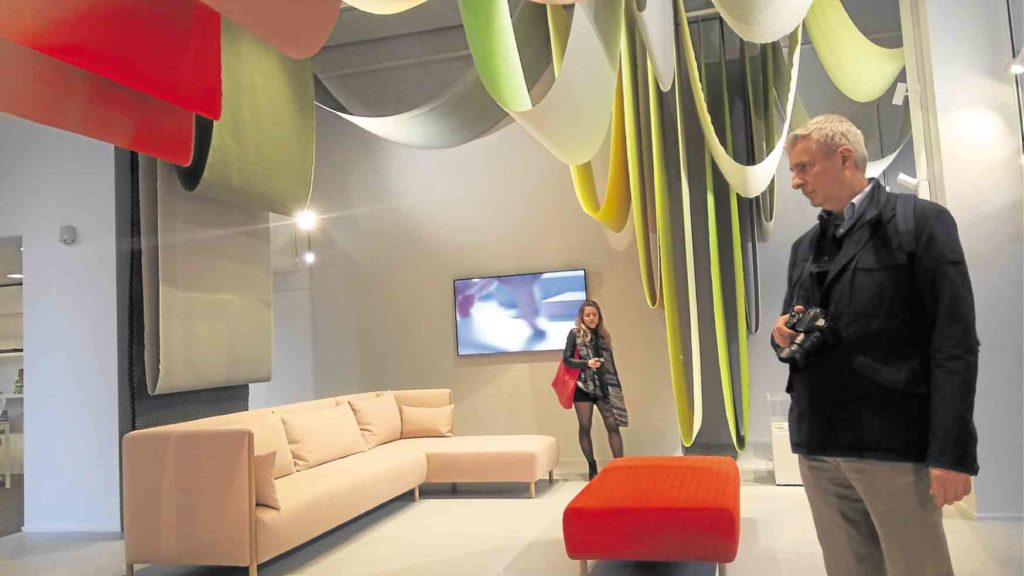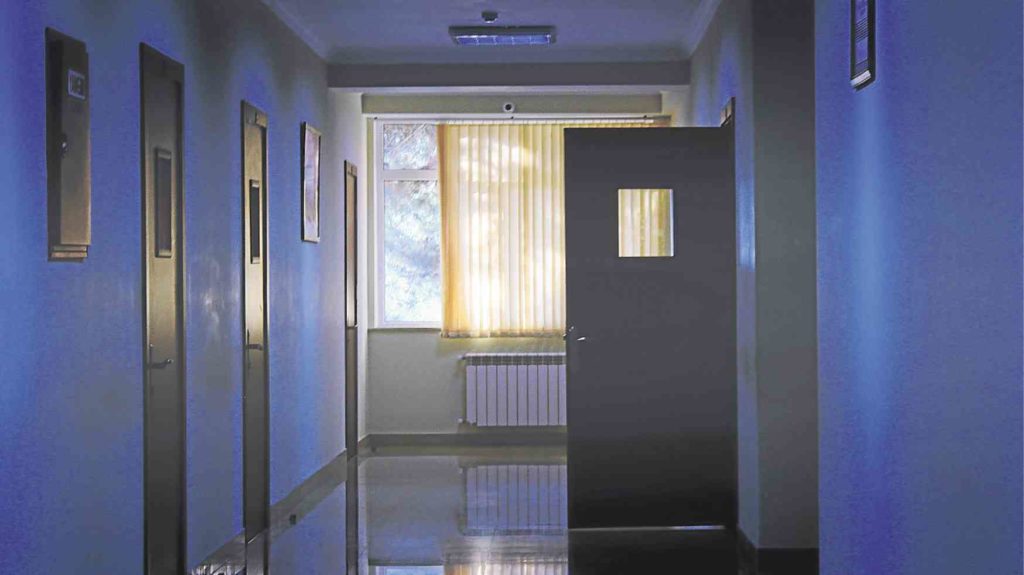A tinge of color, a hint of home
Color is one way of expressing your personality. For many homeowners, choosing their room colors can be the most exciting part of building or renovating a house.
Some people, however, anxiously approach the task. Many think that a wrong shade is a difficult thing to correct. One would have to live with that color everyday unless he or she chooses to repaint.
Daunting as the task may be, homeowners should not be scared of painting their home. There are ways to avoid mistakes and find happiness with your selection. The key is to understand color and learn how it works.
Creating moods
There is no single set of rules that dictates how one should choose a color. A bedroom can be painted in relaxing blue or fiery red, whichever suits its occupant’s taste. The key is to determine what effect you want to achieve.
Blue is a color that invokes calmness. It helps people to relax and settle down in a particular room. Different shades, however, can set different moods. A light blue color makes a room appear more spacious. A bolder shade of blue, however, can stand out and revitalize a space in neutral colors.
Red is a color that stimulates. It quickly captures attention. When used on the back walls of cabinets or shelves, it can highlight items on display. A single wall painted in candy red can liven up a room. A ruby red shade, meanwhile, can make the area more warm and intimate.
Yellow can make a room feel cheerful and positive. Lemon yellow is somewhat neutral and can visually enlarge a room. A sunnier shade of yellow brings to mind summer and inspires energy. This color suits windowless rooms because it also suggests sunlight.
Green evokes nature. Coupled with blue, it can virtually turn any space into a relaxing room.
Shannon Kaye, an American color consultant, said: “You can decorate an entire room with greens and have contrast, drama, richness and balance”.
Green combined with wooden surfaces presents an organic feel. Shades similar to olive green, meanwhile, suits home exteriors especially those situated in the countryside.
Purple is a color that is associated with royalty. From lavender to plum, it spans across different shades. Lavender works well in country homes and can complement white hues. A grape-colored entrance foyer can evoke a certain sense of grandeur and sophistication.
Besides those mentioned, a lot of other colors are available in the market. These hues are associated with different moods. Their effects, however, can vary depending on surroundings and color values.
Finding the one
With the wide selection of colors to choose from, how do you make a decision?
Sir Terence Conran, an English designer, said it well: “The right version of a color is the one with which you are comfortable.” He recommends choosing a hue base on the objects that you see. Use this object as a reference in buying and mixing paint. Catalogues, though helpful, may not always be reliable due to varying print quality and material.
Test a color that pleases you. Paint a small patch of that color on the wall and see how it looks at different times of the day.
Something that might seem lovely in the morning can be disturbing at night. Consider if the color complements existing carpets, furniture or flooring you might have in the room. If you find yourself growing uneasy with your decision, try selecting a lighter or darker color value.
Your chosen color need not be applied to the whole room. A single wall covered in a bold hue accentuates and commands attention. Paint is not even a requirement in using color.
Objects in your favorite hues can already create an impact when displayed against neutral backgrounds. If you have finally decided on a color, find additional ones that work well with your choice.
Combining colors can make your space a rich and interesting experience.
Asking for help
When you still can’t decide on a color despite multiple trials, it might be time to ask a professional. Many interior designers and architects can help you determine your vision and suggest options for your home.
An artist may also help with the color psychology. Though tapping consultants entails fees, savings in terms of effort and time make it worthwhile.
Overall, color is a powerful tool that shapes your home. You need not be restricted by rules or trends in choosing room colors. At the end of the day, your comfort signifies the success of your selection. (Sources: “New House Book” by Terrence Conran; www.hgtv.com)
The author is a licensed architect who studied abroad and currently works for DSFN Architects. A teacher once told her that the best color shades are the ones found in nature.




